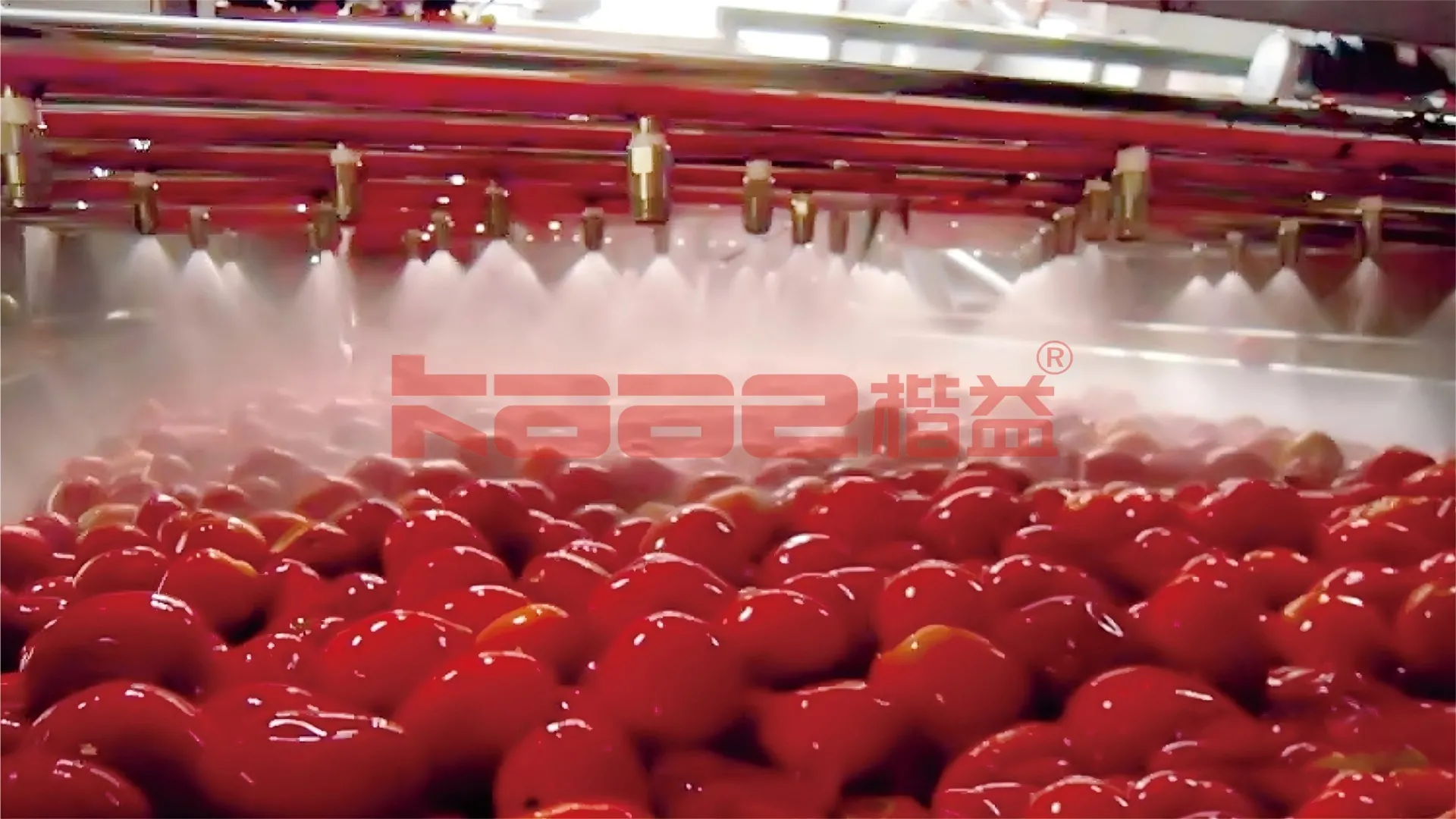Setting up a tomato paste processing line is a major investment for any food production business. The right equipment not only improves efficiency but also ensures product quality, hygiene, and long-term profitability. Whether you’re starting a new plant or upgrading an existing one, here’s a comprehensive guide to help you choose the most suitable tomato paste production line.
- Clarify Your Production Capacity
Start by defining your expected daily throughput. Tomato paste production lines can range from 5 tons/day for small operations to 500+ tons/day for industrial plants. Choose a line that matches both your initial output and future growth plans. Over-sizing leads to unnecessary costs, while under-sizing limits your expansion.
Tip: For seasonal processing regions, consider a line that can handle high volumes in a short harvest window.
- Decide Between Hot Break and Cold Break Process
The type of product you want to produce determines the processing technology:
Hot Break (HB): Suitable for thick pastes (≥28 Brix), sauces, and ketchup. Heating tomatoes to 85–95°C inactivates pectin enzymes, preserving pulp consistency.
Cold Break (CB): Ideal for thin or bright-colored pastes (typically 12–20 Brix). Processing at 60–70°C retains natural color and flavor.
Choose based on your target market, product specification, and end-use application.
- Select the Right Equipment Configuration
A complete tomato paste processing line typically includes:
Sorting & Washing Units – For removing debris, stones, and damaged fruit
Crushers – Break tomatoes into pulp
Pre-heaters – For hot or cold break treatment
Pulpers & Refiners – Separate skins and seeds
Vacuum Evaporators – Concentrate juice into paste (single or multiple effects)
Sterilizers – UHT treatment for microbial safety
Aseptic Filling Machines – For drums, bags, or retail packs
Make sure the machines are modular and compatible for future upgrades or changes in packaging format.
- Prioritize Hygiene and Material Quality
Food safety is non-negotiable. Choose machines made of AISI 304 or 316 stainless steel, with CIP (Clean-in-Place) design and sanitary connections. Ensure all contact surfaces meet FDA or EU food-grade standards.
A well-designed line minimizes contamination risk and simplifies cleaning between batches.
- Automation Level and Labor Efficiency
Modern processing lines can be fully automated, semi-automated, or manual. Full automation offers:
Real-time process control (temperature, flow, Brix level)
Energy savings through intelligent PLC systems
Lower labor costs and improved product consistency
However, small plants may opt for semi-automatic systems to reduce upfront cost. Choose based on your workforce size, technical skill level, and long-term goals.
- Packaging Format Flexibility
If you plan to export or serve different markets, packaging flexibility is crucial. Ensure your line can handle:
Aseptic bag-in-drum (220L) for industrial use
Small pouch or sachet for retail markets
Glass bottles or cans, if required by local preferences
Discuss with your supplier whether multi-format filling is feasible in a single line.
- Check Energy and Water Consumption
Efficient lines are designed to reuse condensate, recover heat, and minimize water usage. Evaporators, for example, should feature multi-effect systems that reduce steam consumption. Ask for utility requirement charts when comparing options. - After-Sales Service and Technical Support
Installation is just the beginning. A good supplier should offer:
On-site commissioning & training
Spare parts stock availability
Remote monitoring or diagnostics
Warranty and long-term service contracts
This is especially critical for operations in remote areas or export-dependent factories.
